For transition piglets, it is essential the achieving of a gradual adaptation to the new environment and monitoring their health status.

The transition phase is an extremely sensitive period for the piglet, as it has to adapt to a new environment with different environmental conditions and with the presence of pathogens that seriously affect its health status.
Therefore, achieving a gradual adaptation of the piglets to their new environment and monitoring their health status is essential to ensure that they reach their maximum potential in fattening.
ENVIRONMENT
VENTILATION
Proper ventilation is essential to ensure the health and welfare of the animals housed, as it allows constant renewal of air and the removal of dust and harmful gases from the environment. The following requirements must be met:




Minimum ventilation in cold season should allow for the supply of oxygen, the removal of excess CO2 and the control of humidity. If an increase in condensation is observed in the walls and windows, implies poor ventilation, which leads to high levels of CO2 and reduced feed consumption.

In the warm season, hot air is drawn in and temperature increases. In these conditions it is necessary to use air cooling systems.
TEMPERATURE
Figure 1 : Temperature requirements according to the age of the piglets 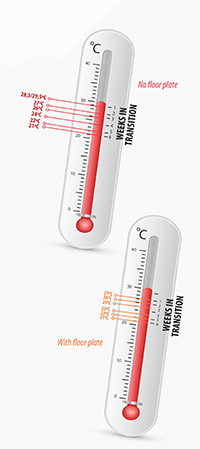
The temperature of the facilities should initially be higher, to be reduced over the weeks, so that the animals can gradually become accustomed to the new environmental conditions.
DDD PROTOCOL
Disinfection, disinsectisation and deratisation (DDD) operations are essential on any livestock farm, and even more so in transition where animals are particularly susceptible to contagion from pathogens present in the environment.
Cleaning of the facilities with detergent and pressure washing, then carrying out disinfection and drying. It is important to check that the floor and wall surfaces do not have pores that make cleaning and disinfection difficult.
Cleaning and disinfection of silos. The ideal is to have two silos joined together, as this will allow us to clean one of them before the entry of feed and that they are always clean.
Cleaning and disinfection of water tanks and pipes.
To have the protocols of rat extermination in the farm. A diagram should be drawn up showing where the baits have been placed, recording the quantities and frequency with which they are
they replenish.
Implement a disinsectation protocol. It is important to include the use of larvicides.
ANIMAL HEALTH STATUS
In order to guarantee a good health status it is important to know which are the main pathological processes affecting the animals in the transition phase.
Digestive processes
Post-weaning syndrome
It is one of the main problems that appear in weaning.
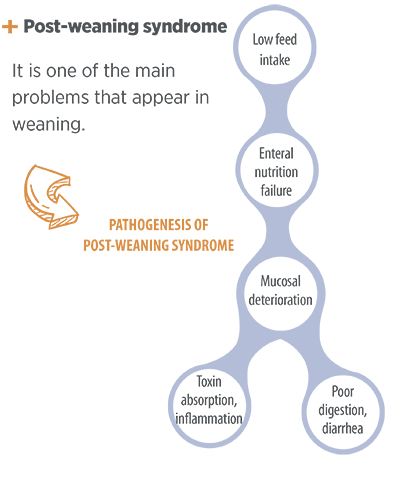
Table 1: Differential diagnosis of post-weaning syndrome with other pathological processes
Subscribe now to the technical pig magazine
AUTHORS

Bifet Gracia Farm & Nedap – Automated feeding in swine nurseries

The importance of Water on pig farms
Fernando Laguna Arán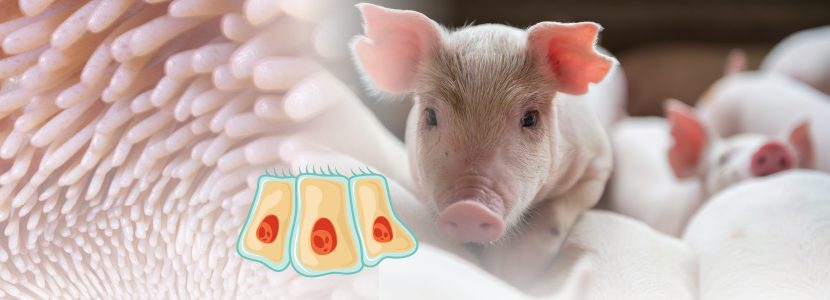
Microbiota & Intestinal Barrier Integrity – Keys to Piglet Health
Alberto Morillo Alujas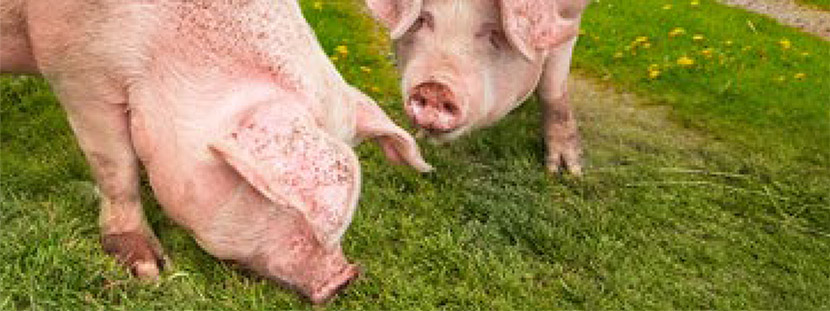
Impact of Reducing Antibiotic use, the Dutch experience
Ron Bergevoet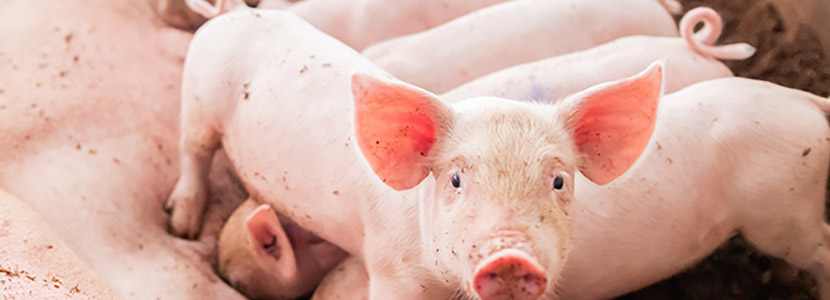
The keys to successful Lactation in hyperprolific sows
Mercedes Sebastián Lafuente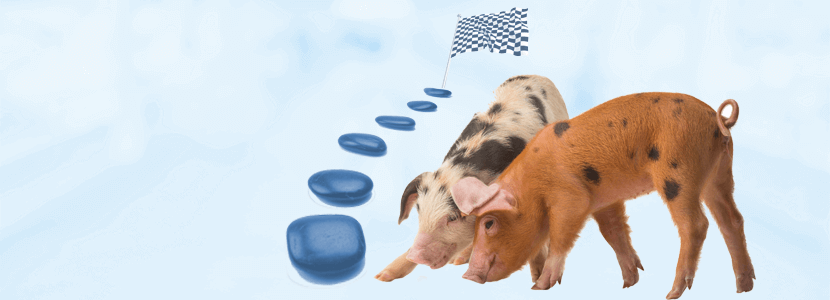
Addressing the challenge of Management in Transition
Víctor Fernández Segundo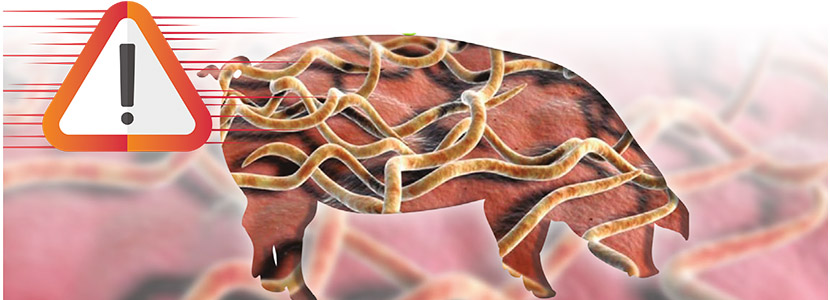
Dealing with the rise of Swine Dysentery
Roberto M. C. Guedes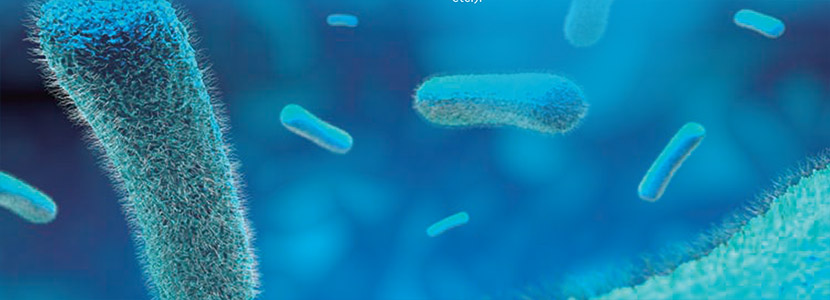
Actinobacillus pleuropneumoniae – What are we dealing with?
Marcelo Gottschalk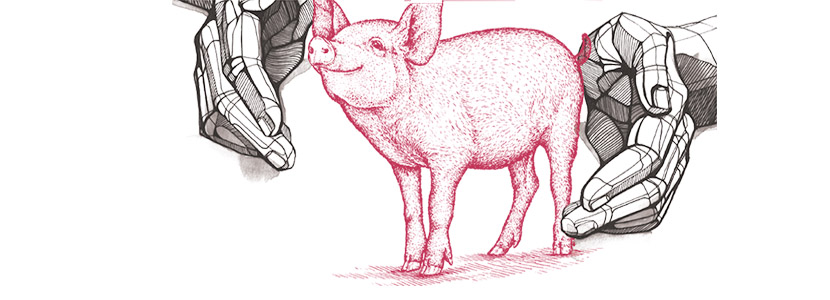
The new era of Animal Welfare in Pig Production – Are we ready?
Antonio Velarde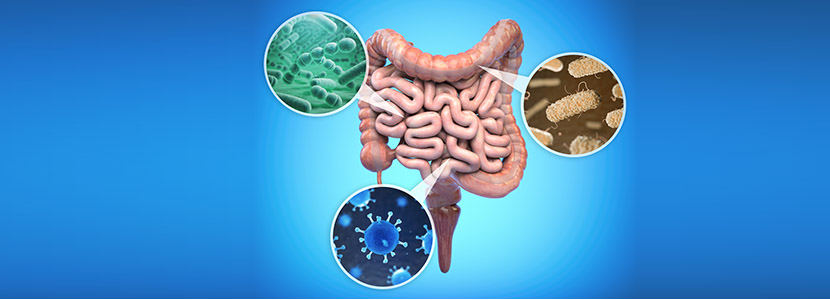
Gut health in piglets – What can we do to measure and improve it?
Alberto Morillo Alujas
Interview with Cristina Massot – Animal Health in Europe after April 2021
Cristina Massot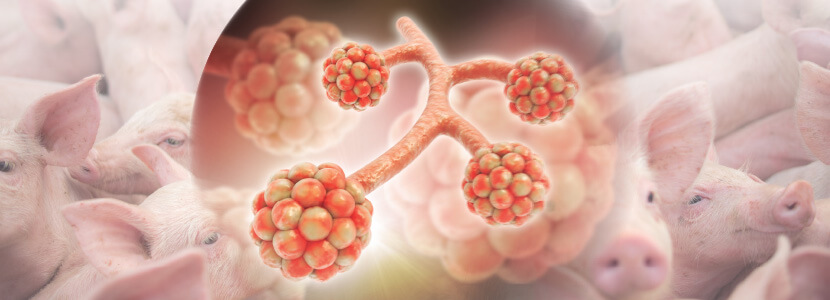
Differential diagnosis of respiratory processes in pigs
Desirée Martín Jurado Gema Chacón Pérez